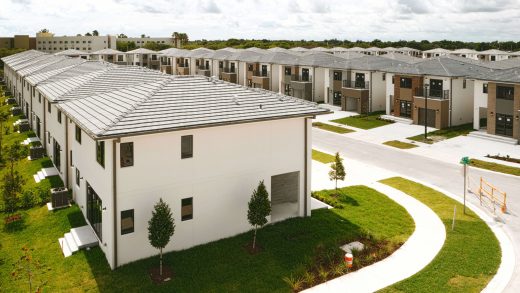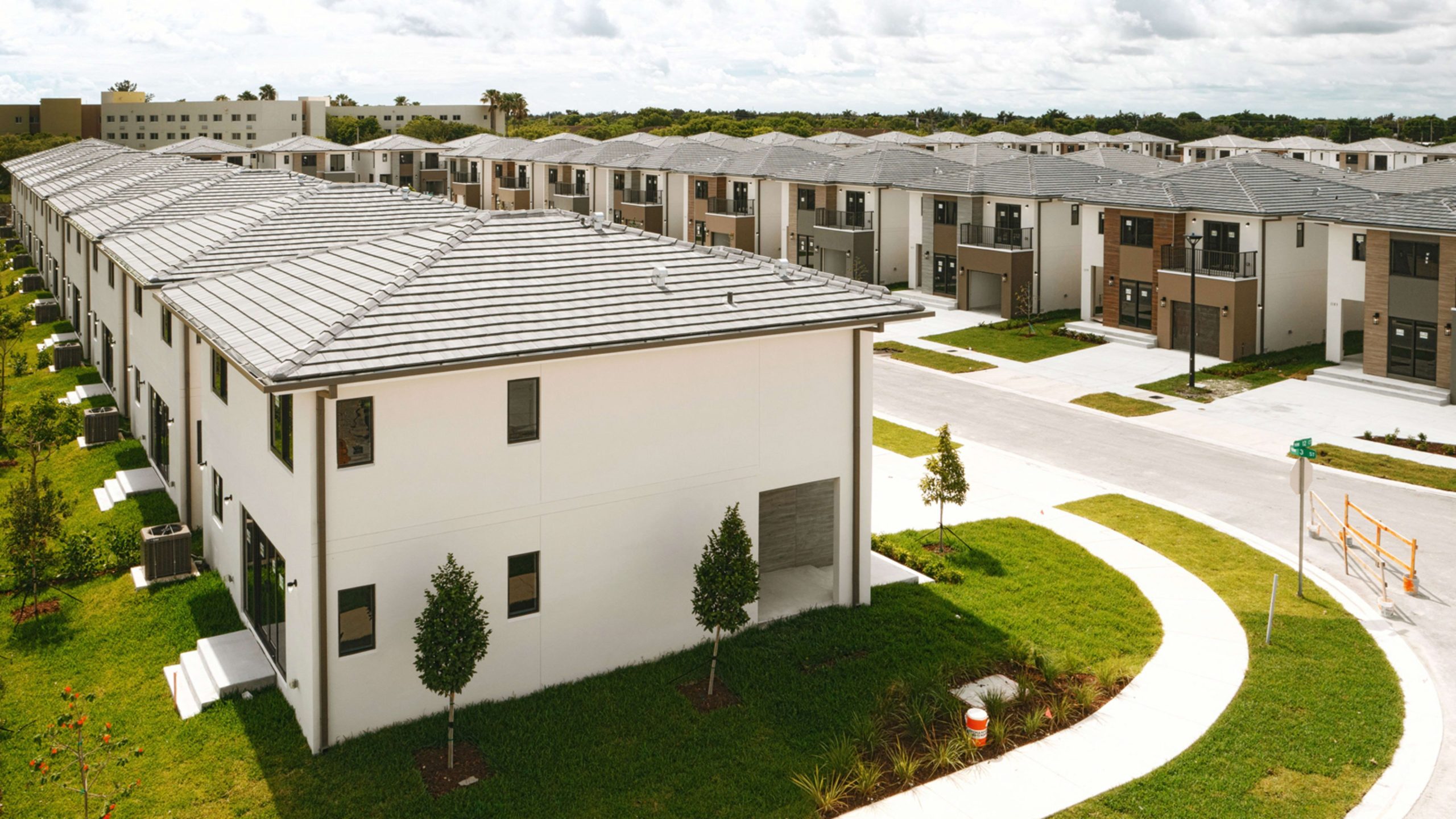These concrete homes want to take over your subdivision
These concrete homes want to take over your subdivision
Onx Homes aims to bring its prefab houses to communities around the country. Can it succeed where Katerra failed?
Onx CEO Ash Bhardwaj remembers how when he first came to the United States, American homes shocked him. One difference in particular stood out. In Europe and Asia, homes are often built with concrete or brick; in the U.S., wood is the material of choice. As described in a popular meme, there’s a reason American film and TV depict people punching through walls: Elsewhere, you’d break your hand.
Bhardwaj, a former executive at Katerra, the modular construction unicorn that sank under the weight of its lofty ambitions, has come back as the head of a new kind of construction technology company, along with many colleagues who form the bulk of Onx’s executive ranks. But where Katerra sought to build myriad types of projects with an array of materials, at one point focusing energy on mass timber, Onx has focused squarely on single-family residential construction, and has a new business model meant to upend how the industry works.
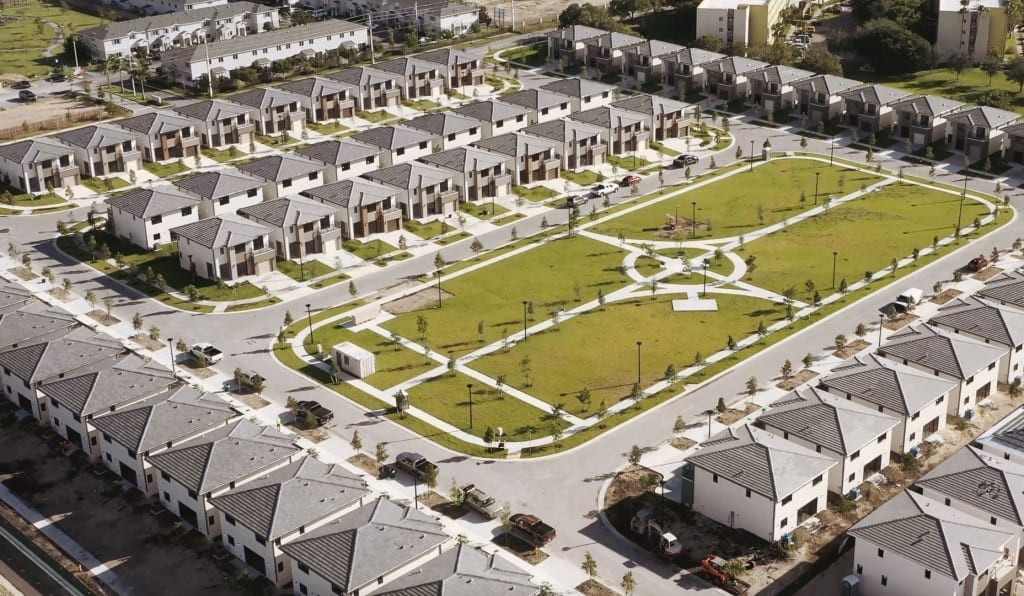
Since starting up in 2021, Onx has sold 600 homes in Texas and in Florida, where it just launched a new factory in Pompano Beach. The company aims to build 650 more homes this year—it already owns thousands more lots—and plans in the next seven years to expand to 10 factories across the country, upgrade annual production to 10,000 homes or more, and cover most of the nation.
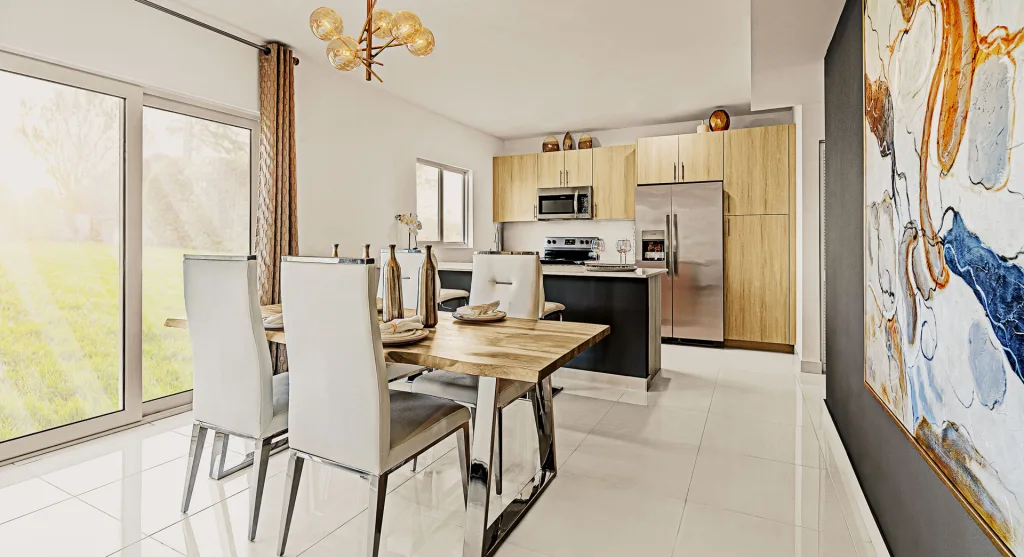
Concrete Answers, and a New Way to Build
Onx combines a few classic economic concepts to make its model work. The first is a focus on higher-quality materials. All of Onx’s homes get built with precast concrete walls and factory-made bathroom pods, a modular system that the company claims allows it to complete a home in 30 days. (The firm’s name, short for “on X,” was envisioned before a certain rebrand changed the value of X, so to speak). The second, and perhaps most foundational, is vertical integration. Onx owns the land and acts as a developer, runs the factory and builds the materials, and finally assembles and sells the homes to buyers.
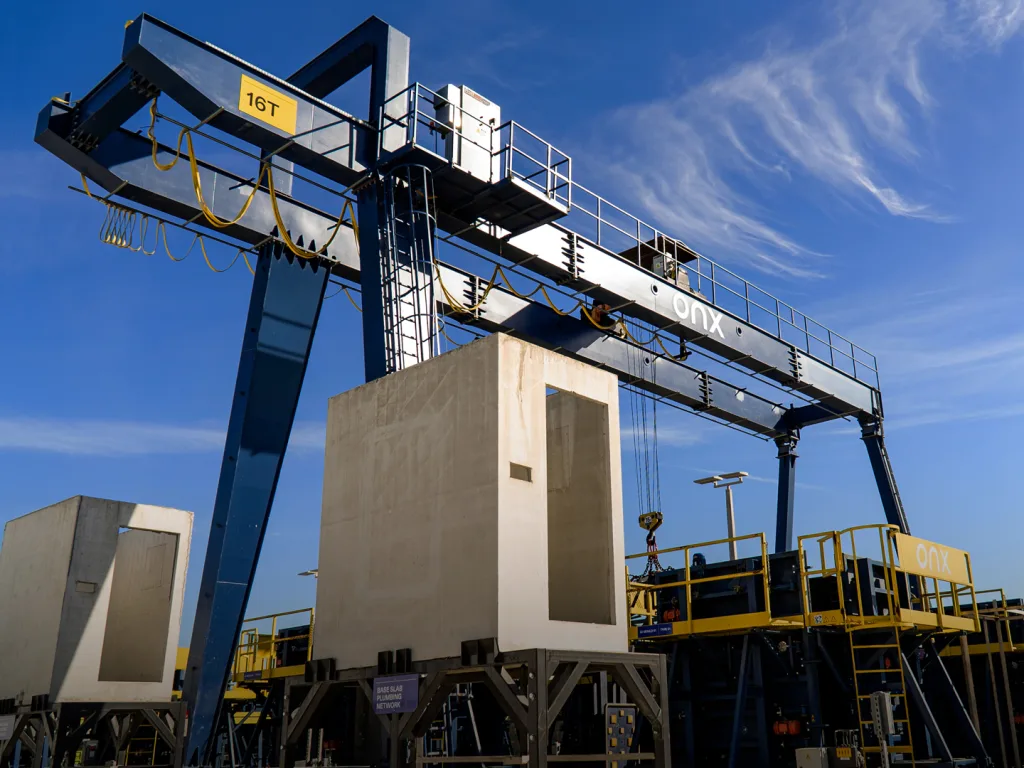
Walls made at one of its three automated Florida factories travel up to 400 miles—a single home’s worth of material takes about six to eight trucks to transport—and end up saving the firm waste, time, and labor. Currently Onx can produce four homes a day.
As Construction Physics writer and fellow Katerra alum Brian Potter points out in his piece “The Katerra Team Rides Again: Onx Homes,” it’s clear the Onx team created a more focused business, with success riding less overtly on massive technological shifts.
Bhardwaj says Onx’s value proposition is not developing a radical new method of construction, like Katerra, or lowering the up-front cost of a home (Onx’s five-bedroom homes found in Homestead, Florida’s Alba development start at just under the area’s $530,000 median sale price from last year.) Rather, Onx promises to make owning the home over time much more affordable, slashing the maintenance, insurance, and utilities costs, standardizing the building process, and continually innovating, the company argues, adding more value to the consumer.
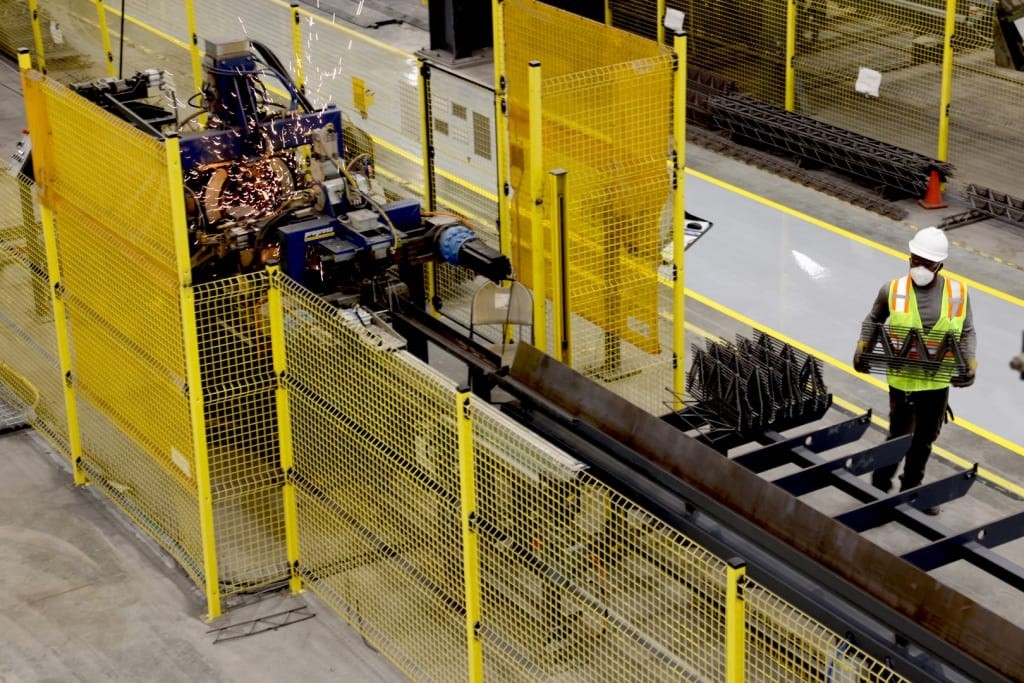
Concrete walls mean lower storm and mold damage risks, and therefore lower insurance costs, which is a huge issue plaguing homeowners (Bhardwaj says Onx homes cut insurance costs in half). There are also fewer options and upgrades, which helps keep costs low. At most Onx developments, potential buyers are just given a choice between an O, N, or X model, which mostly vary based on size and number of bedrooms. Onx homes also use proprietary tech and appliances to help minimize heating and cooling costs.
“We’re not selling the price,” Bhardwaj says. “Market dynamics determine the price. But we’re able to build the same-size house cheaper, and give the consumer upgrades. For example, all our homes in Florida have hurricane-resistant windows, a $15,000 to $20,000 upgrade.”
Can this company succeed where Katerra failed? For Bhardwaj, there are lessons that followed him and his colleagues through three startups that he hopes will make Onx a success. Before Katerra, Bhardwaj and others worked at Flextronics, a company contracted to make electronics for other companies. Katerra was, in a simple sense, an attempt to make homes like Flextronics-made devices. But as Katerra learned, when you’re building for someone else—in its case, developers, you don’t keep all the profits. Onx seeks to both simplify and vertically integrate, to be the builder and developer, and make the business more financially sustainable.
“Onx is a result of learning from various steps in our lives,” he says. “We can control our own destiny.”
ABOUT THE AUTHOR
Fast Company
(14)

